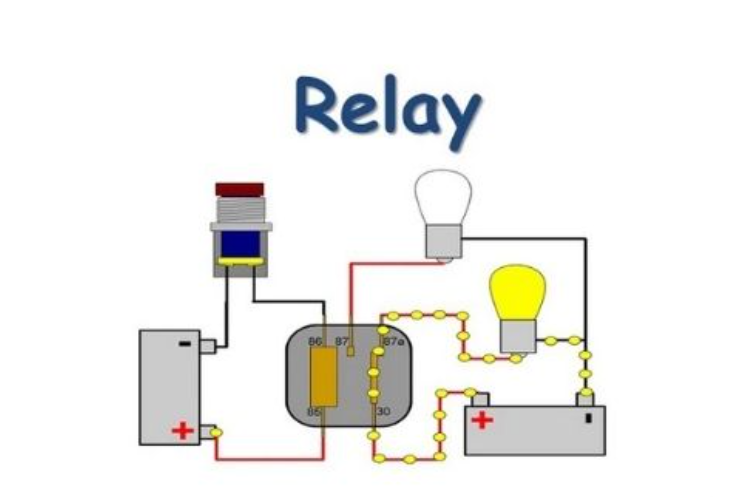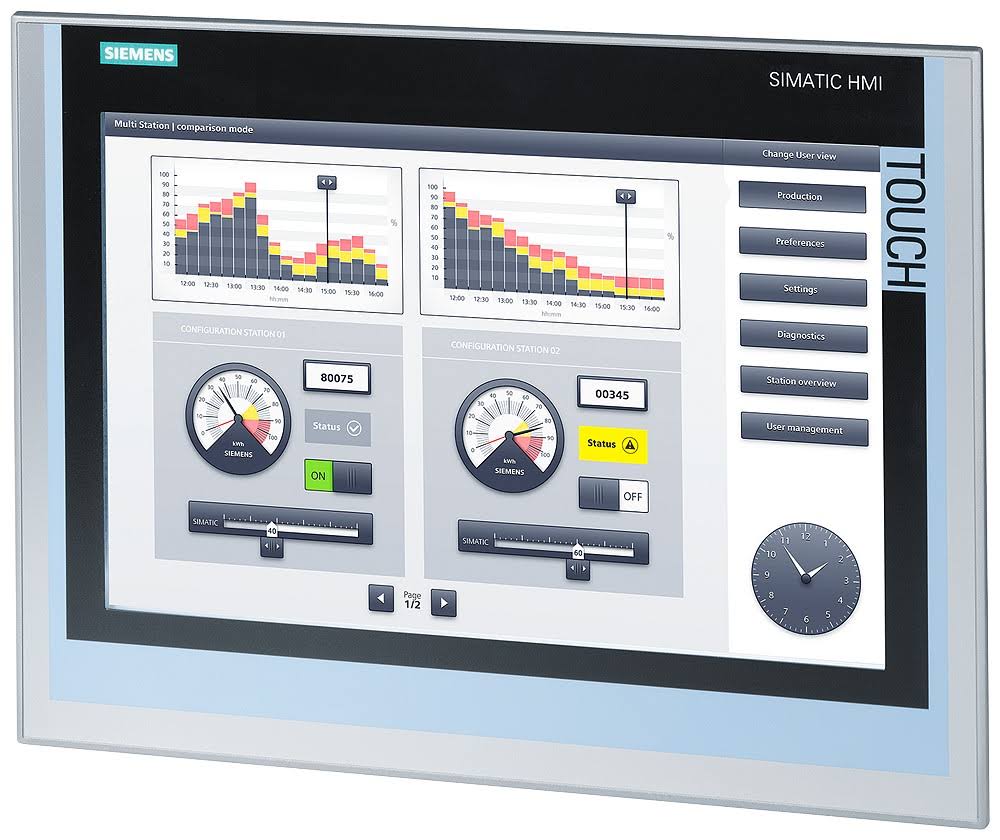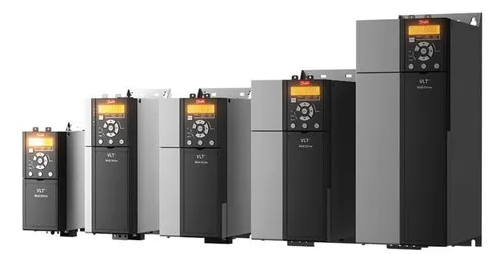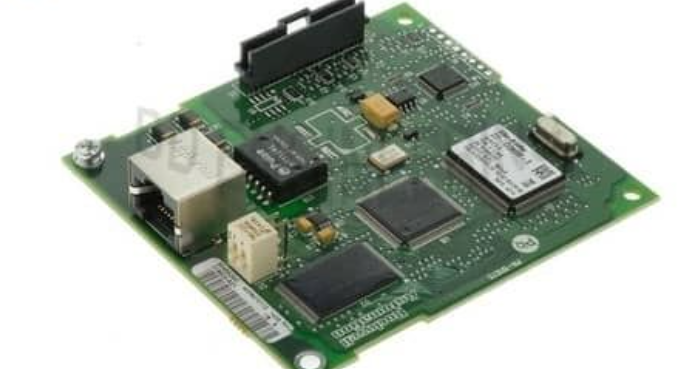
By SS Traders On 18-04-2023 at 8:48 pm
What is Relay and How Relay Works?
kinds of electronic outfit.
manner.
The functionality of the circuit depends upon the legs.
So eventually, we can say that when a coil is amped the architecture is attracted and the switching glamorous property and the architecture goes back to its original
Types of Relay:
Relays operates electrical switches. They control a circuit by a separate low-power signal or to control several circuits with one signal. At first, Relays used in a large distance telegraph circuits as amplifiers. They copied the signal coming in from one circuit and re-transmitted it to another circuit. A simple electromagnetic relay is made up of a solenoid, which is line wavy around a soft iron core, an iron dependence that provides a slowness path for smart flux, a portable iron frame, and one or further sets of connections. Three main types of relays:
- Electromechanical,
- Solid- state and
- Reed
Electromechanical Relays
Electro-mechanical relays have an electromagnetic coil and a mechanical portable contact. When the coil receives the current, it creates a smart field, which attracts the portable contact or the architecture. When the coil loses power, it loses its smart field. Mechanical relay can control large quantities of current but are not as fast at switching as other types of relays. It can operates with AC or DC currents. It depends on the operation and design.
Solid- State Relays
Solid- state relays are solid-state electronic factors that do not have any moving factors which increases their long- term trust ability. The control energy need much lower than the affair power, performing in an advance power gain of highest other relays. They are basically the lowest relays and also rapidly switching than other relays and so they can use them for operations as like as computer transistors. Just like Computers execute millions of command per second and need high-speed transistor switches.
Reed Relays
Reed relays have a loser switch and an electromagnetic coil. The switch composes two types of blades that is doormats and fixed in a glass tube and filled with inner gas. When the coil gets the current, the blades attract each other and form an unlimited path. Therefore, there is no moving architecture. They can switch faster than larger relays and bear low voltage from the control circuit to deliver.
Advantages
When an operation does not bear a relay, using one can prove salutary. Relays can reduce the high-amperage wiring and switches, which are precious and take up space.Thus, switching to relays in your electronic systems can reduce the size or weight of a covering, or good give manufacturers to further functionality into a space of the Disadvantages
Connections are down over time and also because of nonstop use. They induce a lot of noise with the activation and deactivation of the connections.
Applications of Relays:
As there are multiple kinds of relays, it will have applications in various industries like electrical, aeronautical, medical, space, and so on. The applications are:
- Used for the classification of different types of circuits
- Preserve devices from overload voltage and current values
- Minimize the impact of electrical damage to the circuits
- Supplied automatic change over
- Adjusted for the isolation of low level voltage circuit
- After implementing relay, automated balance provide. If the supply voltage is not the same as the rated voltage, relays figure out the voltage correction and improve the load circuit by integrating circuit breakers.
- Utilized to maintain the electric motor switches.
Learn more about Absolute pressure sensor come here and learn something new. For more information please contact us we are available on
Sales and import of industrial machinery parts and automation products in Bangladesh
Related posts
18-04-2023
What is Relay and How Relay Works?





